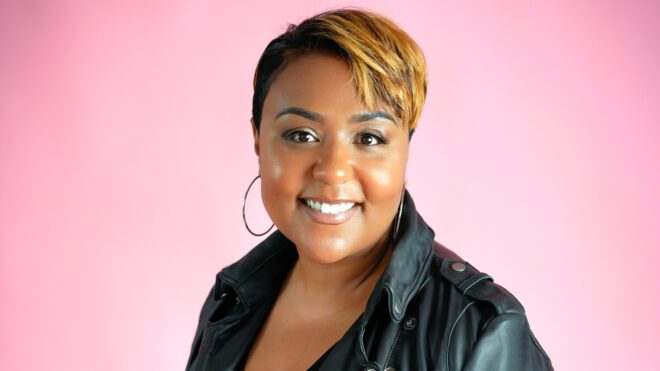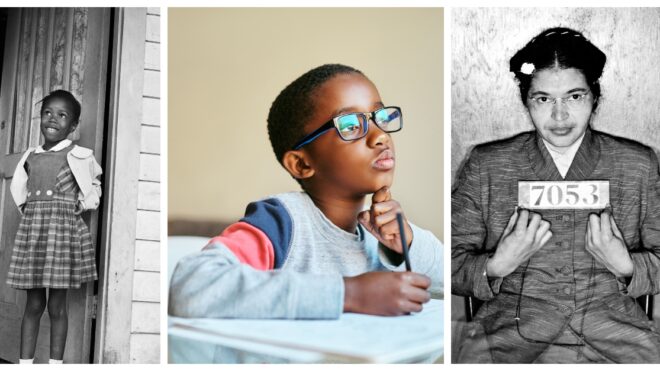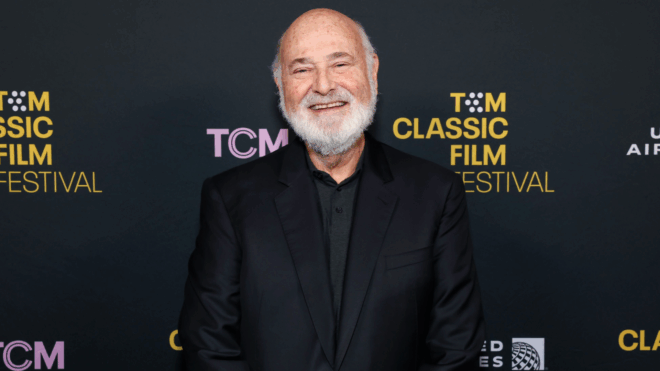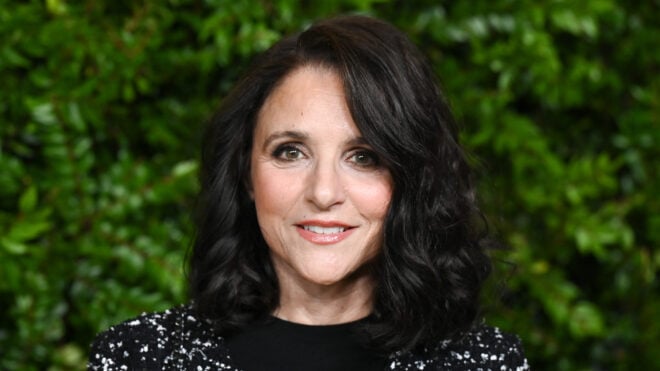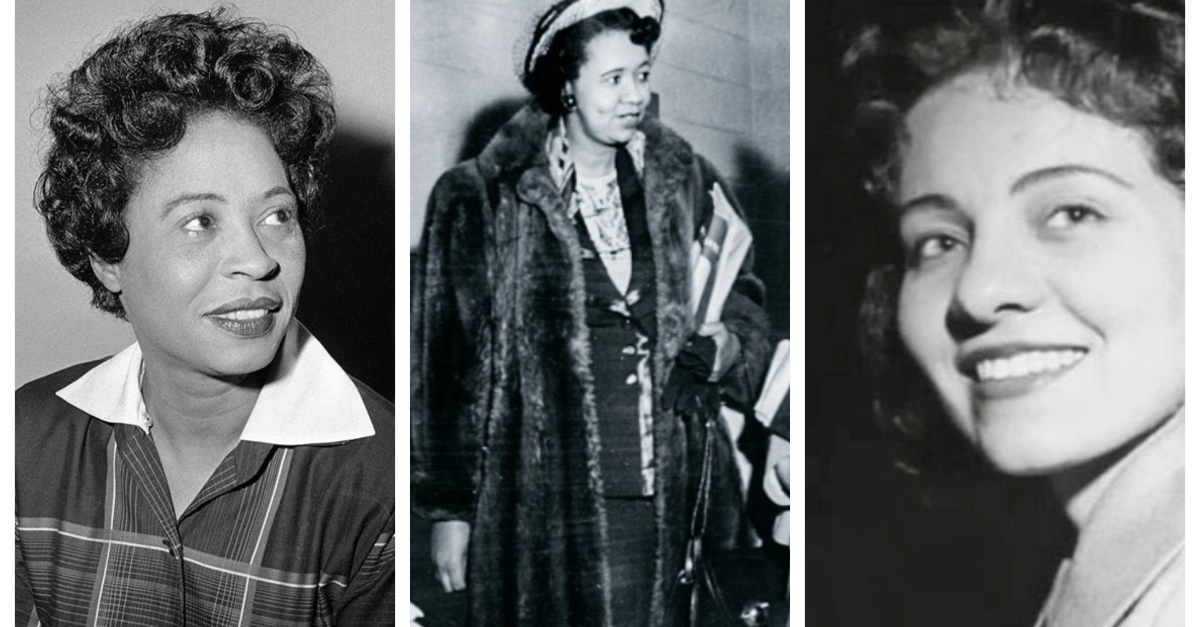
The civil rights movement of the 1950s and 1960s began as a struggle for the rights of Black Americans in the United States. Now more than ever, it is important to teach children about this history. The struggle for equality began centuries earlier when enslaved Africans began to fight for freedom and equality. While enslaved people were emancipated at the end of the Civil War, Black Americans still had to contend with decades of oppression, much of which continues to this day.
The civil rights movement began as a series of largely nonviolent protests around the country. The protests were rooted in the Southern United States, as Black Americans and their allies fought to undo the region's intensely segregated society and culture. The movement resulted in the passage of meaningful and powerful legislation, but there is still a tremendous amount of work to be done around the United States.
The movement was helmed by many powerful leaders. Some of these leaders, such as Martin Luther King Jr., are household names across the country. Others, such as Dolores Huerta, should be. And of course, the leaders of the 1950s and 1960s were directly inspired by the leaders who really began the movement, such as Frederick Douglass, Sojourner Truth, and Ida B. Wells.
Let's educate our children on these seven leaders of the civil rights movement in the United States and the work they contributed to and produced.
1. Dr. Martin Luther King Jr.
Just about every article you'll ever read about the era's civil rights movement has to mention Dr. King. He was truly a cultural icon, a man of great spirit and heart, and he remains an inspiration to millions of people around the world.
At the beginning of the movement, Dr. King led by means of nonviolent protest. He encouraged his followers and believers to engage in activities that would not harm themselves and others.
Dr. King was born in Atlanta, Georgia, in 1929 and attended Morehouse College when he was only 16 years old. He began working as a pastor at the Dexter Ave. Baptist Church after receiving his PhD and so was in Montgomery, Alabama, when Rosa Parks took her infamous stand against the city's segregated public transit system.
Residents of Montgomery elected Dr. King as the leader of the Montgomery Improvement Association, and the group boycotted the public transit system for 382 days. At the conclusion of the boycott, Dr. King formed the Southern Christian Leadership Conference with fellow pastors. He famously gave his "I Have a Dream" speech in Washington, DC, in 1963.
While Dr. King is often remembered for his nonviolent stance, toward the end of his life he began to recognize the urgency of violent protest as a means to liberation for Black Americans. Dr. King was killed in April 1968, just as he had begun to open his movement toward global injustice and to speak out against the Vietnam War.
2. Dorothy Height
Dorothy Height is most known for her role as co-organizer of the 1963 March on Washington. Dorothy also served as president of the National Council of Negro Women for 40 years.
Dorothy was born in March 1912 and attended New York University, Columbia University, and the New York School of Social Work. She joined the National Council of Negro Women at the age of 25, a move that jump-started her lifelong pursuit of civil rights for all.
Dorothy's work primarily focused on introducing and implementing social justice programs that improved the quality of life for Black Americans. She also integrated women's rights into the civil rights struggle and is credited with being the first person to realize the inherent intertwining of the two concerns.
Dorothy's work continued well after the 1960s. She worked on the President's Committee on the Employment of the Handicapped and the Presidential Commission on the Status of Women, and in 1974 she was appointed to the National Council for the Protection of Human Subjects of Biomedical and Behavioral Research. The organization published the infamous Belmont Report, a powerful response to the Tuskegee syphilis study.
Dorothy died in April 2010, at the age of 98.
3. Rosa Parks
Many Americans know the name of Rosa Parks. Rosa is often called the mother of the modern-day civil rights movement. In December 1955, Rosa was arrested when she refused to give up her seat on a bus to a white passenger. Her arrest kicked off the Montgomery Bus Boycott, a 382-day nonviolent protest in Montgomery, Alabama.
Rosa was also the secretary of her local chapter of the NAACP, and the 1955 murder of Emmett Till spurred her to take political action.
While she is remembered as a civil rights icon these days, it took years before Rosa was treated as such by most people. In the aftermath that followed her refusal to stand up on the bus, both Rosa and her husband lost their jobs. Rosa struggled to gain employment, and she and her family ended up moving to Detroit. She endured several health setbacks, and by 1960 a magazine described Rosa as a "tattered rag of her former self — penniless, debt-ridden, ailing with stomach ulcers, and a throat tumor, compressed into two rooms with her husband and mother."
Rosa consistently encountered mostly male leaders who didn't seem to be concerned about helping her find employment within the civil rights movement. However, Rosa remained committed to serving her community in Detroit throughout the rest of her life. Rosa died in October 2005.
4. Diane Nash
Diane Nash was born in 1938 in Chicago, Illinois. She attended Howard University in Washington, DC, before transferring to Fisk University in Nashville, Tennessee. Diane was confronted with the full force of the civil rights movement in Nashville, and she began attending nonviolence workshops.
Diane went on to become very active in the movement and was arrested for her efforts to desegregate a lunch counter in North Carolina. She also helped organize and lead the Freedom Rides in 1961. She married fellow activist James Bevel, and the two moved to Jackson, Mississippi. Diane was arrested in Mississippi for "contributing to the delinquency of minors" when she taught nonviolent tactics to teenagers.
After the 1960s, Diane taught in schools in Chicago. She still lives in Chicago near her son, Douglass.
5. C.T. Vivian
Born in July 1924, C.T. Vivian worked as a civil rights leader and a pastor. He moved to Illinois with his mother and grandmother in 1930 and was working in Peoria, Illinois, when he began his work in the civil rights movement.
C.T. participated in his first nonviolent action when he joined a few others to protest the segregated lunch counters at a restaurant in Peoria.
He helped found the Nashville Christian Leadership Conference in 1955, and the organization focused on training students to work toward ending segregation in Nashville, Tennessee. C.T. also began participating in the Freedom Rides in 1961, and Dr. King brought him onto the staff of the Southern Christian Leadership Conference in 1963.
C.T. also advised Presidents Johnson, Carter, Reagan, and Clinton on civil rights issues. He died on July 17, 2020.
6. The Children of the Children's Crusade
The Children's Crusade was an organized group of children who voluntarily joined the civil rights movement. While the movement was controversial at the time, it was also effective in calling attention to the experiences of Black Americans living under Jim Crow.
The crusade was made up of children who lived in Birmingham, Alabama, which was one of the most segregated cities in the country. The children were organized by the Alabama Christian Movement for Human Rights (ACMHR) after James Bevel and Ike Reynolds proposed the idea. The ACMHR was looking for a way to bring more media attention to their movement, and organizing children sounded like a viable solution.
Up to this point, Dr. King had refused to allow children to join the movement. He eventually caved, and roughly 150 teens joined the fight. The children demonstrated on May 2, 1963, and approximately 2,000 youths were taken into police custody that day. On the following day, the police deployed violent tactics to prevent the children from demonstrating.
The result brought national attention to the movement, and President Kennedy ordered Assistant Attorney General Burke Marshall to negotiate to end the protests.
7. Daisy Bates
Daisy Bates was born in 1914 in Arkansas and spent most of her youth in a foster home. Daisy was only 3 years old when her mother was killed by three white men. As an adult, she and her husband decided to move to Little Rock, Arkansas, and the two started their own paper. The Arkansas Weekly was one of the only papers that was completely focused on the civil rights movement.
Following the 1954 Supreme Court decision to desegregate schools, Daisy led the movement in Little Rock. She gathered Black children to enroll them at traditionally white schools. If the schools refused, she wrote about it in her paper.
The NAACP began to look harder at desegregation efforts in Little Rock and asked Daisy to lead their effort. She put together the Little Rock Nine, nine students who integrated Central High School. Daisy drove the children to and from school each day.

